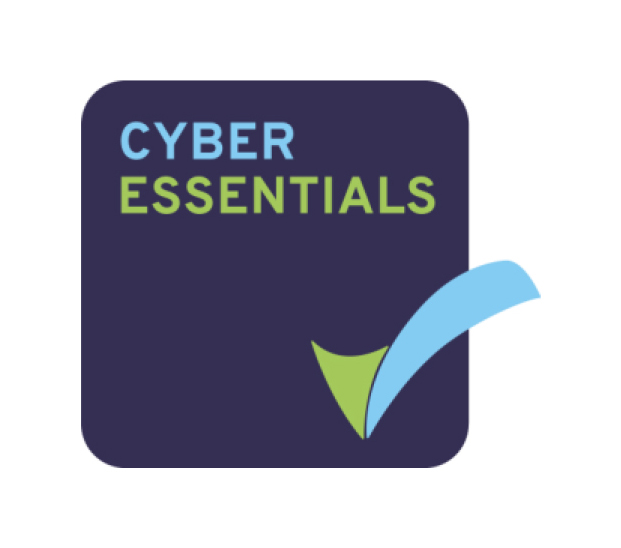
Many finance leaders still rely on spreadsheets to manage planning and analysis.
Spreadsheets are familiar, flexible, and easy to set up, but as organizations grow, their limits become clear. Manual consolidation slows reporting, version control causes confusion, and insights arrive too late to guide strategic decisions. NetSuite Analytics Warehouse (NSAW) is changing that by giving finance teams a unified, governed data layer that turns fragmented reporting into connected, real-time financial planning and analysis (FP&A).
At the same time, global tax compliance is becoming more demanding. Governments are introducing Continuous Transaction Controls (CTC) and mandatory e-invoicing, pushing organizations to automate or risk falling behind. Together, these forces of data modernization and compliance automation are defining the next era of finance leadership.
Why spreadsheets can’t keep up
When collaboration once meant emailing Excel files around, spreadsheets made sense. But today’s executives expect:
- Instant visibility into business performance across finance, operations, and sales
- Reliable definitions for key metrics such as gross margin and customer acquisition cost
- Forward-looking forecasts that adapt to changing market conditions
Spreadsheets cannot meet those expectations. They slow teams down, increase the risk of formula errors, and make collaboration difficult. A finance team working from multiple versions of the truth cannot deliver the accuracy or agility that senior leadership depends on.
Anderson Frank connects organizations with NetSuite analytics specialists who help teams move from manual FP&A to governed, automated systems built for growth. Find and hire professionals today.
How NetSuite Analytics Warehouse changes the game
NSAW does not just replace spreadsheets. It transforms how finance interacts with data across the business.
Unified data layer
ERP, CRM, HR, and operational data are centralized in one governed warehouse, so everyone works from the same accurate source of truth.
Governed metrics
Key performance indicators (KPIs) are standardized across departments, ensuring reports align with shared definitions.
Historical depth
Finance teams can analyze multiple years of data to identify long-term trends and improve forecasting accuracy.
Self-service dashboards
Executives get direct access to insights without waiting for manual reports from IT or finance.
With NSAW, finance shifts from compiling numbers to partnering with leadership, helping shape strategy in real time.
What this means for leaders
For executives, the shift to NSAW creates measurable business impact:
- Speed to insight: Dashboards update continuously, reducing decision lag
- Clarity: Conflicting reports disappear when everyone uses one trusted source
- Agility: Rolling forecasts update dynamically as markets shift
- Collaboration: Cross-functional teams align around shared data and goals
Imagine a CFO spotting a decline in customer retention in an NSAW dashboard. Instead of waiting weeks for a full analysis, the team can model the financial impact immediately and coordinate a response with sales and marketing. That is the level of responsiveness modern markets demand.
Anderson Frank helps businesses hire NetSuite experts who can deploy NSAW, reduce spreadsheet dependence, and build stronger FP&A foundations. Get started today.
A roadmap for finance modernization
Finance modernization does not need to happen all at once. A phased approach helps teams capture early wins while building confidence across the organization.
- Identify key reporting pain points where manual consolidation slows decisions
- Define governed metrics so everyone speaks the same financial language
- Integrate ERP, CRM, and HR systems for full cross-functional visibility
- Adopt self-service dashboards to empower executives with real-time data
- Expand into forecasting using NSAW’s historical data for multi-scenario modeling
Each stage builds on the last, ensuring tangible results at every step.
The compliance revolution: Preparing for real-time tax
Alongside analytics modernization, finance teams face a global compliance shift. Continuous Transaction Controls (CTC) and mandatory e-invoicing are moving tax reporting from periodic submissions to real-time data exchange with regulators.
Countries across Europe, Latin America, and Asia are already enforcing these requirements, with North America close behind. For multinational organizations, manual uploads and spreadsheet-based compliance are no longer sustainable.
How NetSuite supports continuous compliance
NetSuite’s SuiteTax and certified e-invoicing integrations help enterprises manage compliance confidently and efficiently.
- Automated validation prevents invoice rejections before submission
- Jurisdiction-specific tax rules apply automatically, reducing human error
- Direct connections to government systems ensure seamless regional compliance
- Comprehensive audit trails enhance transparency and governance
To make this work at scale, organizations need professionals who understand both compliance and NetSuite architecture. Anderson Frank helps businesses hire experts who can design and implement SuiteTax and e-invoicing solutions tailored to global operations.
The risk of falling behind
Ignoring compliance modernization risks more than regulatory penalties. It can disrupt cash flow, damage supplier relationships, and erode trust with partners. Manual compliance also drains finance resources, leaving less time for strategic planning and analysis.
Businesses that modernize early gain stronger governance, operational resilience, and teams free from repetitive tasks.
What finance leaders should do next
To prepare for the future of finance, leaders should:
- Map regional compliance requirements and anticipate upcoming changes
- Review NetSuite configurations to ensure SuiteTax is fully optimized
- Embed governance frameworks for ongoing oversight
- Invest in team training to manage continuous validation effectively
Finding the right expertise is critical. Partnering with experienced NetSuite professionals ensures faster implementation, reduced risk, and long-term compliance confidence.
A new model for finance leadership
Finance transformation now sits at the crossroads of analytics and compliance. Leaders who strengthen both areas will gain faster insights, stronger control, and teams built for sustainable growth.



